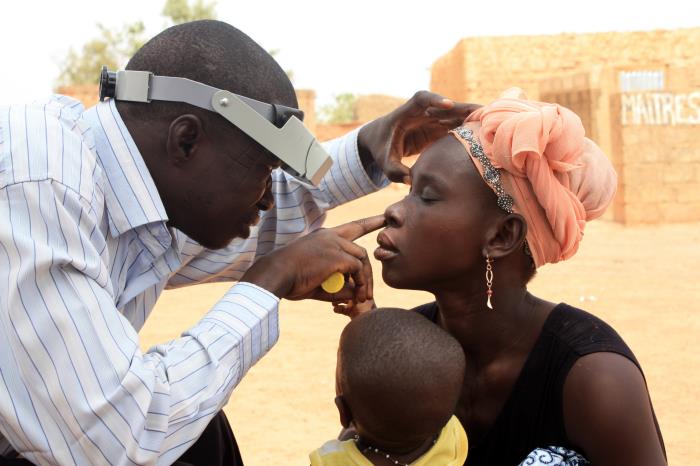Global trachoma risk reduced by 91% since 2002, WHO says
Globally, the number of people at risk for trachoma has been reduced by 91% over the last 17 years, from 1.5 billion in 2002 to approximately 142 million in 2019, according to data presented at this year’s meeting of the WHO Alliance for the Global Elimination of Trachoma by 2020, or GET2020.
“At WHO, we are encouraged by this solid evidence of significant progress over the last 17 years, which demonstrates the outcome of sustained input by health ministries, civil society, donors and academics,” Anthony Solomon, MBBS, DTM&H, PhD, medical officer and head of WHO’s global trachoma elimination program, told Infectious Disease News.
Trachoma is the world’s leading infectious cause of blindness, and additional data presented at the meeting showed that the number of people requiring surgery for the late-stage form of trachoma, trachomatous trichiasis, declined 68%, from 7.6 million in 2002 to 2.5 million in 2019, according to a news release.
Trachoma control is based on the WHO-developed SAFE strategy — surgery for trichiasis, antibiotics to clear infection and facial cleanliness and environmental improvement to reduce transmission. Mapping has helped identify distribution of the disease and target control measures.

Trachoma remains endemic in 44 countries, but since 2011, eight have been validated by WHO as having eliminated the disease as a public health burden by implementing SAFE, according to the release. In every trachoma-endemic WHO region, at least one country has eliminated trachoma based on WHO criteria.
WHO attributes much of the success in reducing trachoma to “increased political will in endemic countries, expansion of control measures and generation of high-quality data,” it noted in the release.
“Management of active trachoma requires community-level interventions: mass treatment with antibiotics, measures to improve facial cleanliness and increase access to water and sanitation,” Solomon said. “Since blindness from trachoma is irreversible, clinicians in trachoma-endemic areas should take every opportunity to check eyes for trichiasis, specifically eyelashes touching the eyeball or evidence of recent epilation of in-turned eyelashes." – by Joe Gramigna
Disclosure: Solomon reports donations of Zithromax (azithromycin) from Pfizer Inc. through the International Trachoma Initiative to GET2020.

